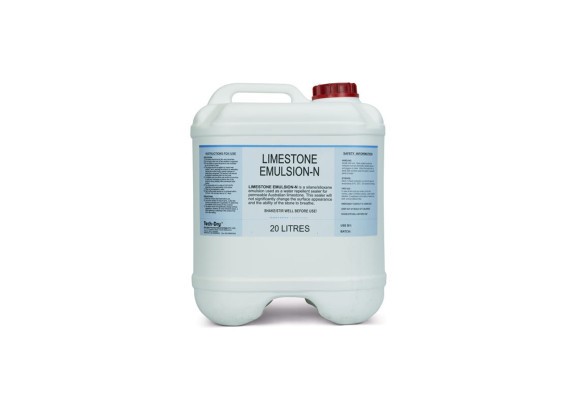Why You Should Use a Limestone Sealer to Preserve Your Stonework

Limestone sealer is a protective coating that penetrates the stone's pores, forming a barrier against water, dirt, and other contaminants. Like any natural material, limestone is susceptible to damage from the elements. Over time, exposure to rain, snow, and harsh weather conditions can cause the stone to deteriorate. This is where a limestone sealer comes in.
What is a Limestone Sealer?
A limestone sealer is the best concrete sealer that penetrates the stone's pores, forming a barrier against water, dirt, and other contaminants. By sealing the stone, you can significantly extend its lifespan and maintain its original appearance.
Why Should You Use a Limestone Sealer?
- Protection Against Water Damage: Water is one of the biggest enemies of limestone. When water penetrates the stone, it can lead to a variety of problems, including:
- Efflorescence: The stone's surface is covered with white, powdery granules.
- Mildew and Mould: Growth of fungi and bacteria.
- Freezing and Thawing Cycles: Repeated cycles of freezing and thawing can cause the stone to crack and chip.
- Resistance to Staining: Due to its porosity, limestone readily absorbs stains from many materials, including wine and oil. The stone may be shielded from these stains by using a sealant.
- UV Protection: Over time, exposure to UV rays may cause the stone to fade and discolour. Using a sealer can help shield the stone from the sun's damaging rays.
- Ease of Cleaning: Cleaning a sealed stone surface is considerably simpler. A basic cleaning solution may be used to remove dirt and grime with ease.
How to Apply a Limestone Sealer:
- Clean the Surface: It's crucial to properly clean the stone to get rid of any dirt, filth, or outdated sealant before applying the sealer.
- Prepare the Sealer: To prepare the sealer, according to the manufacturer's instructions.
- Put the Sealer on: Apply the sealer evenly to the stone's surface using a brush or roller. Work in little, doable chunks at a time.
- Let the Sealer to Dry: If a second coat is required, wait until the sealer has dried fully before applying it.
By using a limestone sealer, you can protect your investment and ensure that your stonework remains beautiful for years to come.

Comments
Post a Comment